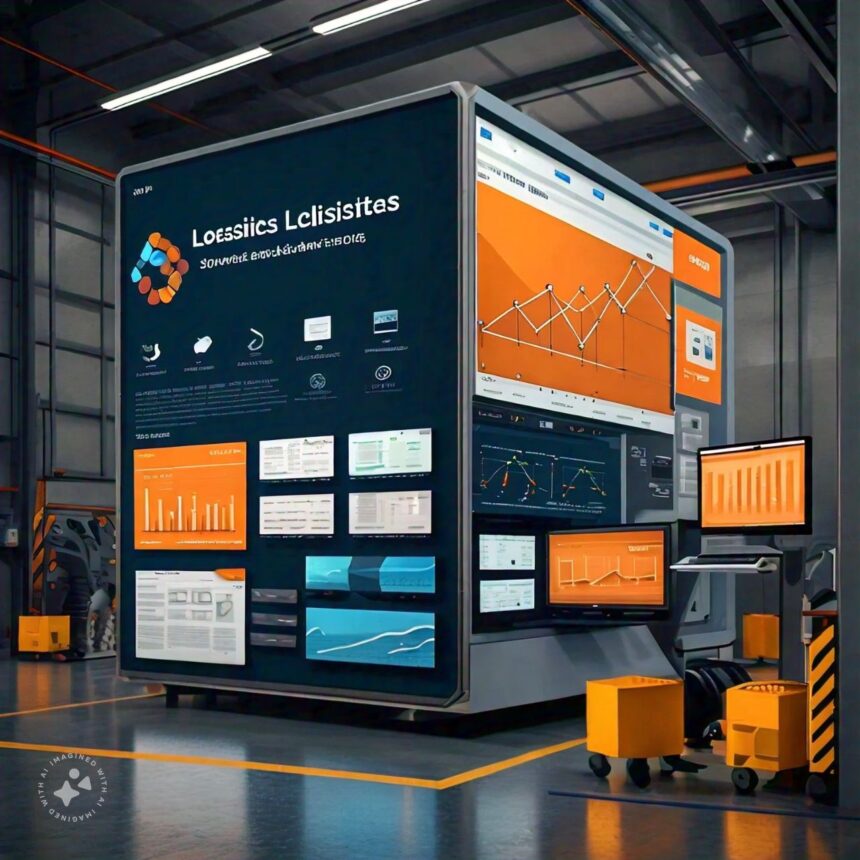In recent years, the Covid-19 pandemic laid bare the fragility of many logistics software solutions. Just In Time (JIT) practices had created amazing efficiencies, but those systems were not able to adapt to the pace of global changes the industry experienced.
That’s why today’s new generation of logistics software is more agile, flexible, and scalable than ever before. It’s no longer enough to simply create efficient logistics networks, those networks need to be ready for any challenge. But how is this new generation of software affecting the industry and what should you expect in the future?
What is logistics software?
In our globalized economy, supply chains are incredibly complex. All manner of materials and goods travel around the world to create greater efficiencies and deliver value for end customers. But this complexity requires advanced logistics software to manage it.
Logistics software tracks where shipments are, calculates estimated arrival times, factors in elements like weather or global commodity prices, and can even help companies communicate and track the employees moving those goods. In other words, this software helps manage complex logistical networks.
What are the newest trends in creating logistics software?
Considering the pace at which logistics software is advancing and becoming more central to how businesses function, what are the driving trends you need to be aware of?
Eco-Friendly solutions and sustainability practices
The global logistics industry accounts for around 11% of greenhouse gas emissions, and that percentage is only set to grow. This fact is creating significant pressure within the industry to shift towards more eco-friendly solutions. But finding a sustainable way to move goods around the world is a huge challenge.
Logistics software offers one part of the solution. By using advanced algorithms to calculate more efficient practices, routes, etc. it offers a relatively low-cost way to begin reducing emissions. Even when logistics companies use other means like more efficient ships, planes, and trucks, logistics software makes it easier to quantify that impact.
Bigger data analysis
One of the main characteristics of modern global supply chains is their size and complexity. That translates into staggering amounts of data. However, without the right tools that data is worse than useless, sucking up time and resources without delivering insights. Organizing, analyzing, and presenting that data in a way that empowers decision makers is an enormous challenge logistics software needs to tackle.
This can now be done with advanced Artificial Intelligence (AI) driven algorithms. They enable logistics software to take millions or even billions of data points into consideration to make predictions or calculate optimal routes. The ability to harness all of that data makes logistics software a key tool in understanding and optimizing these increasingly complex and unwieldy systems.
Robotic Process Automation (RPA)
Another challenge created by the enormous size and complexity of modern logistics systems is the difficulty of managing them. Communicating with operators and customers, generating reports, or even just inputting data from outside sources to calculate optimal routes are all time consuming.
High-quality logistics software can use RPA, powered by advanced AI and Machine Learning (ML) algorithms, to automate much of this manual work. The result is both a simple cost savings and a significant improvement in performance. This comes from increased accuracy when human error is eliminated as a potential problem. It also derives from the improved performance when these automated tasks are performed in seconds instead of minutes or hours.
Multiplied by the scale of most modern supply chains, the benefits or RPA are enormous. Reducing your need for labor while improving process efficiency is a recipe for higher profits and more reliable systems.
What’s some of the most used logistics software?
While you can find dozens of prominent off-the-shelf examples of logistics software, the best way to understand what’s out there is by looking at the main categories.
Perhaps the most common type of logistics software out there is the Transportation Management System (TMS), also sometimes called fleet management systems. These focus on managing drivers/carries, optimizing routes, and tracking shipments in real time. A related type is route optimization software, which focuses more narrowly on determining optimal shipping routes.
Next you have Warehouse Management Systems (WMS) and inventory management systems. These examples of logistics software help businesses manage, track, and optimize their inventory. For example, they may ensure you don’t keep too much product on hand or help automatically order new products when needed.
You may have barcode or RFID tools integrated into the warehouse and inventory management systems. This makes it easier for the software to precisely scan and track items without needing to manually input data.


